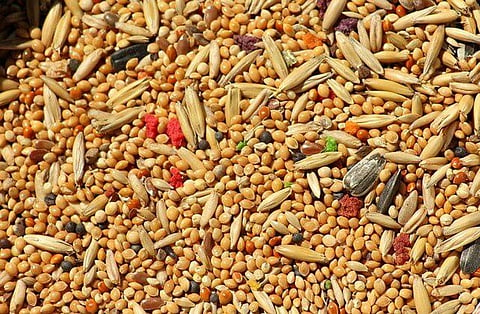Millets have been around for centuries as a food group but somewhere down the line, particularly in India, we seem to have replaced them with polished rice and maida-mixed wheat. Consuming millets was considered to be meant for the poor. Ancient grains like jowar, ragi, foxtail, bajra, and other minor millets are promising cereals that are nutritionally superior to major cereals and serve as a good source of protein, high dietary fiber, vitamins, minerals, antioxidants, and micronutrients. Millets seem to be in demand again as it is known to be an immunity booster.


